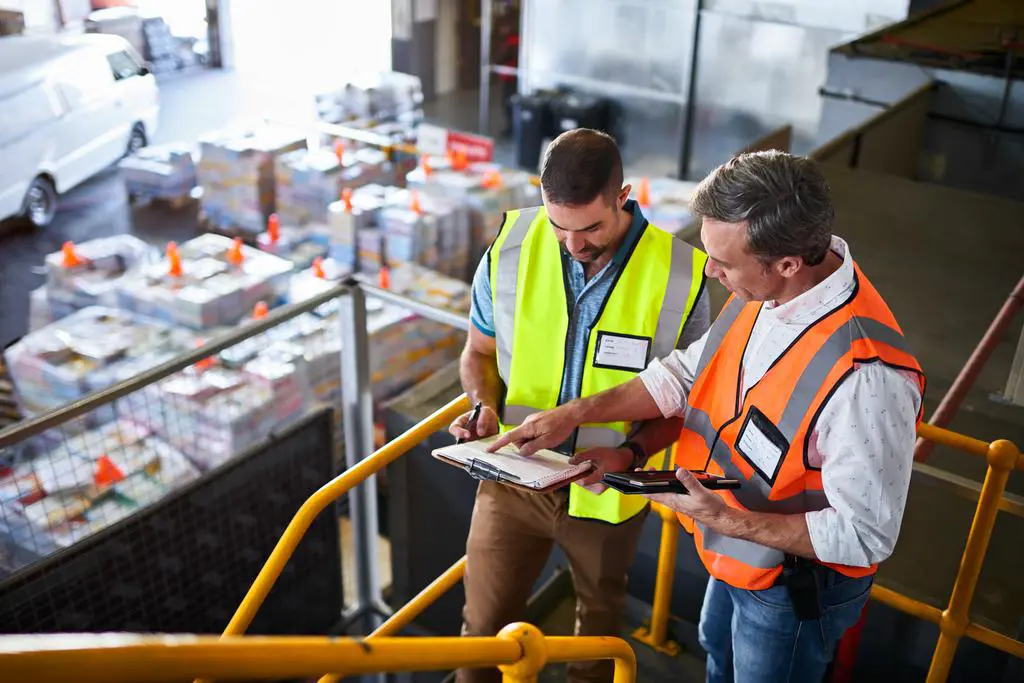The Connection Between Major Channel Disruption and Digital Readiness
Businesses can find distribution partners falling behind when it comes to digital readiness. Learn how to create a process for assessing digital readiness on a regular basis.

Morgan Short

In August of 2018, a Deloitte Touch study reported that only 20.7 percent of manufacturing organizations surveyed rated themselves as “highly prepared” to address the emerging business models of what has been called the Fourth Industrial Revolution. AI, IoT and other advancements are driving change at a speed we’ve never encountered before. Ensuring that every aspect of the operation is digitally “ready” is a critical success factor within most industries today.
In our last blog series, we discussed some of the reasons why many manufacturers are taking a hard line when it comes to assessing the digital readiness of their distributors. While this is obviously causing disruption for distributors, it’s causing disruption for many small to midsized manufacturers as well.
Customers themselves are also accelerating these changes. B2B ecommerce customers now expect self-service experiences that are similar to those they encounter in their professional lives. However, the complexity of the B2B buying cycle almost always requires human intervention at some point. Distributors who have viewed ecommerce as merely a website, or “just a shopping cart” may not be able to deliver the return on investment required by the rapid pace of today’s B2B commerce.
Despite the fact that some distributors may not be keeping up, manufacturers often feel a strong sense of loyalty to their distribution channels. Some relationships between manufacturers and distributors go back decades, or even generations. Most manufacturers want to continue to support their channels rather than go around them or choose a different distributor. But as competitive pressures rise, it is essential to ensure that distributors can meet modern demands for a hybrid commerce experience. It’s a dilemma for manufacturers who until now seemed to waver between persuasive encouragement, and a more forceful approach when it came to the digital readiness of their channels. But there’s an option beyond the traditional “carrot” or the “big stick.”
As competitive pressures rise, customer expectations continue to shift and new technology emerges, manufacturers want to ensure their channel is keeping up. Distribution partners must meet – and exceed – shifting customer expectations and incorporate new technologies as they arise. For manufacturers, lack of digital readiness could crack the very foundation of their business, particularly if distributor relationships have some level of exclusivity. Based on this disruptor, it’s critical to develop a strategy for regular assessments of every distribution channel.
Manufacturers may have unique needs based on the digital maturity of their specific business but for the most part, assessing digital readiness should take into account the following factors:
- Evaluate the experience end customers want right now, and what they might want in the near future, and assess distributors against those desires. The distributor must deliver a strong hybrid customer experience, where customers and everyone within the B2B buying cycle can find and use information as they need it. This means a B2B ecommerce solution that provides data in real time. Sales and service representatives need to know the history of customer transactions whether they’ve occurred online or offline. Technicians need maintenance and warranty information at their fingertips to provide the best service while on a job site. And customers want the ability to find the information they need quickly and easily, while enjoying efficiency improvements from the automation of low value tasks like returns and reorders.
- Gain an understanding of how well information is flowing from your enterprise systems, to the distributor and on to the customer. Access to information is critical, and it must be real-time. Distributors must be able to integrate their commerce systems with backend systems in a way that provides up to date information on delivery, orders, returns, sales history and a myriad of other items that make up the complex B2B buying environment. They have to manage product data in a way that drives efficiency and productivity through strong catalog management and a host of other features. Issues or barriers to information flow could be caused by a lack of digital readiness on the part of the distributor and this must be taken into account.
- Obtain a complete review of the technical commerce environment so that you know it meets the needs of B2B. Robust, hybrid customer experiences and synchronized data flows cannot exist without the right technology and its vital to ensure that distributors understand the complexities of B2B commerce. Some distributors may have a platform that has been chosen based on the bells and whistles (and false promises) of software solutions designed to handle B2C transactions. These platforms often fail, and could be one of the areas where distributors fail to meet your goals as well.
- Assess distributors based on their overall ecommerce goals. It’s imperative that distributors understand the true goals of B2B commerce. More revenue is important, but it’s been proven that when a B2B ecommerce solution is designed with the goals of efficiency and productivity in mind, success comes much more readily. Every day at Episerver we encounter ecommerce failures where the goals have been mapped to a B2C model. Assessing distributors based on their overall goals can give you an idea of how well they may be doing in other aspects of your assessments as well.
Although many manufacturers have dropped the “carrot” approach and opted for the “stick” lately, this doesn’t have to be the case. Creating a process for assessing digital readiness on a regular basis not only helps distributors plan ahead and create strong goals for improvement, it helps take into account the myriad of changes happening in manufacturing. With this approach, manufacturers can take an objective approach to assessing the ROI of each distributor, and help them map out their goals for digital readiness so that relationships can be preserved for the next wave of digital transformation.
